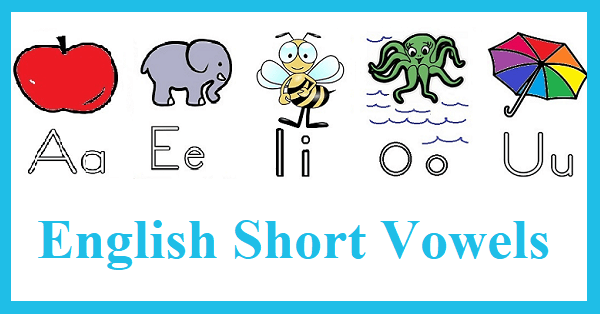1. Explain the difference between vowels and consonants.
Tell your child that a vowel is a sound made by blowing air out of the mouth without closing your mouth or teeth. Next explain that a consonant is a sound made by moving part of the mouth, lips, tongue, or teeth.
2. Show the 5 vowel letters in the English language.
Write A, E, O, U, and I up on a whiteboard or on a piece of paper. Tell your child that these 5 letters can be combined to pronounce different sounds.
3. Tell your child that y can sometimes act as a vowel.
The letter y can present a challenge for children learning vowels. Sometimes y is a vowel and sometimes it is a consonant.
4. Ask your child to repeat the vowel after you.
Do 1 vowel at a time. Start by saying the vowel sound. Ask your child to repeat it after you. Do this 2-3 times or more until your students have mastered the sound before moving onto the next vowel.
5. Share examples of short vowels.
Short vowels typically appear at the beginning of words or sometimes in the middle. Give your child words that contain short vowels to help them recognise how they sound.
– Short a: map, pal, cat, dad
– Short i: pin, mint, still, fill
– Short o: con, lot, dot, hop
6. Introduce long vowels once they have mastered short ones.
To help children remember the difference, tell them that a long vowel states its name. In other words, a long a is pronounced like the letter a, as in lake or tape.
– Long a: bake, fake, date, state
– Long i: fine, mine, shine
– Long o: rope, dote, note
7. Ask your child to play a phonics game on a computer or tablet.
These games make learning fun! The program may ask students to recognise the right vowel or to match vowels with similar sounds.
– Phonics Hero
– Phonics Bloom
– Hooked on Phonics
– Reading Rockets
credits: Wikihow

